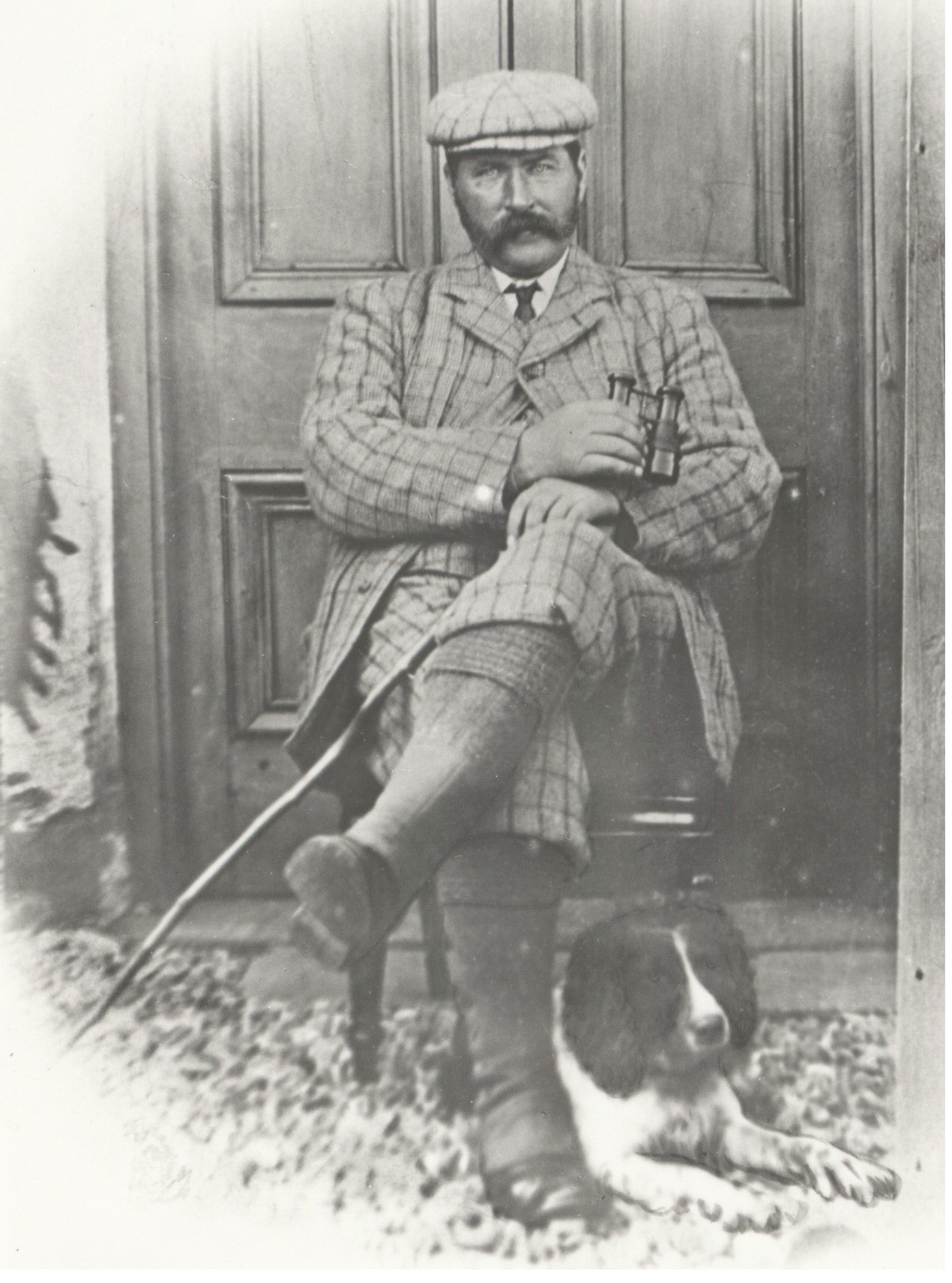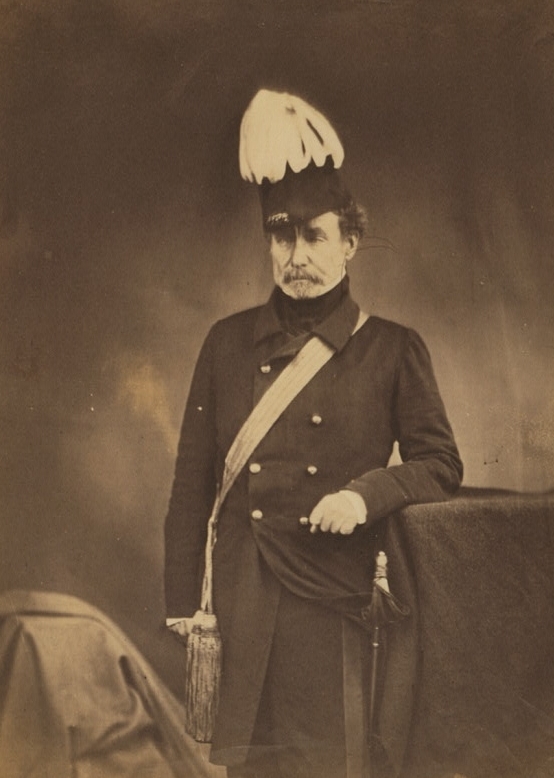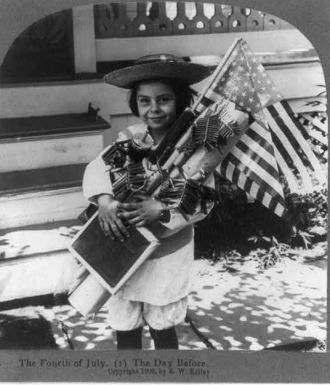
Jose Leon Gil (originally McGill)
The Declaration of Arbroath was a letter submitted to Pope John XXII - dated April 6, 1320 - that confirmed Scotland's independent status and proclaiming its right to use force if attacked. It was signed by 51 nobles and prominent men of Scotland. In addition to asserting Scotland's right to be a sovereign nation, it stated that the nobility of Scotland would choose their own king if Robert the Bruce proved unfit and that Scotland had been a nation much longer than England.
Angus Kennedy, 1860
A part of the letter from Arbroath was a direct statement about the character of the Scottish people: "...for, as long as but a hundred of us remain alive, never will we on any conditions be brought under English rule. It is in truth not for glory, nor riches, nor honours that we are fighting, but for freedom – for that alone, which no honest man gives up but with life itself."
George Milne, 1890
 Joanna Thomson
Joanna Thomson The Tartan A tartan is defined as a pattern consisting of criss-crossed horizontal and vertical bands in multiple colours. While the original tartans were woven in wool, they are now made from many different materials and are most often associated with the Scottish kilt.
Capt. David Smith & John Allan Gray, 1900
 James Gray
James Gray Clan tartans (patterns defining Scottish clans such as Fergusson, Campbell, McDonald, Duncan, Fraser, Oliphant, and more - there are over 140) are a recent invention, however. They can be traced back to the 1800's - before that, tartans were probably related to geographical locations and the weavers' preferences or the availability of dyes.
Mother and son, 1897
 Sue Aitchison-windeler
Sue Aitchison-windeler In 1746, The Dress Act banned the wearing of tartans and other "Scottish" clothing in an effort to bring "warrior clans" under control. The law provided "imprisonment, without bail, during the space of six months, and no longer; and being convicted for a second offence before a court of justiciary or at the circuits, shall be liable to be transported. . ." No lesser sentence could be imposed.
Duncan Craigie-Halkett (1857-1889)
By the time the law was repealed in 1782, tartans became more of a national costume than a daily outfit. It only takes a couple of generations to change a custom. Australia celebrates Tartan Day on July 1st - the day in 1782 that the law was repealed.
Sir Colin Campbell, 1855
 Kathy Pinna
Kathy Pinna Reynold Fraser and his unit, 1914
 Alan Fraser
Alan Fraser History of the kilt Kilt is a Scottish word that means "to tuck up the clothes around the body." The "great kilt" is the earliest form of the kilt and dates back to about the end of the 16th century. It was a full length garment whose upper half could be worn as a cloak draped over the shoulder, or brought up over the head as a hood. A very useful garment, it was essentially a large piece of cloth.
Edward Denny, early 1900's
 Ed McInairnie
Ed McInairnie The "small kilt" - similar to what is worn now - followed in the 17th or 18th century and was essentially the bottom half of the great kilt. What is worn under a kilt? Why nothing, of course.
Henry Duff, The Black Watch 1915
The Duff home, Dundee Scotland 1876
The Scottish Diaspora Due largely to the English attempt to control the people of Scotland, most especially those of the Highlands, many Scots emigrated over the centuries - mostly to the United States, Canada, Australia, England, New Zealand, Northern Ireland and parts of South America. In the United States alone, there are around six million people with Scottish ancestors (including the Founders of AncientFaces) and there are around two million in Australia. Local Highland Games are a popular way of honoring and celebrating this Scottish heritage.
Alexander and Eliza Bell
 Kathy Pinna
Kathy Pinna After their son, credited with inventing the telephone, was born in Scotland, they moved to Canada - a serendipitous effect of the diaspora in that the U.S. became the place where the phone was invented.
2012 reenactment of a call to gathering
 Kathy Pinna
Kathy Pinna The fiery cross - an interesting fact The fiery cross - the Crann Tara - was used as a declaration of war in Scotland. A lighted cross, or bidding stick, was used to call clan members to come to the defense of the area. Sometimes a small burning cross would be carried from town to town. Walter Scott memorialized its use in the Jacobite uprising in 1745.





















 AncientFaces
AncientFaces 



